How to Get To Stung Treng
Air:
There is no flight operating to this province yet.
Bus:
Coming from Phnom Penh, Stung Treng town is accessible via NH No 7 (348km). There are several bus companies, such as PPT and Sorya going daily to Stung Treng. The easiest way to get there is to buy a ticket at the central bus station southwest of the central market. Sorya goes twice a day, at 7am in the morning and 12am noon. The trip will take around 7-9hours and costs approx. US$8.
Bullet Boat to Kratie:
Unfortunately, the bullet boats usually don't journey beyond Kratie. The stretch between Kratie and Stung Treng is loaded with small islands and clumps, with a fair number of dead trees thrown in for good measure. The journey is made only when the water is very high, which doesn't occur during a good portion of the rainy season. When the boat is running it beats taking a share taxi as, unlike the road, the river affords a smooth ride. The trip downriver to Kratie takes around 4 1⁄2 hours and six to seven hours coming upstream from Kratie. As of May 2000, the bullet boat was running every other day at a fare of 20,000riel. If the boats are making the run, take it- it's a pretty stretch of the river. It's not sure if they still run, probably just occasionally.
Share Taxis/Pick-up:
Share taxis ply two routes from Stung Treng, one to Banlung (Rattanakiri) and the other south to Kratie. For the trip to Banlung, bring food, water and mosquito repellent because if there is a breakdown (not uncommon) on this bumpy backwoods laterit road you may be caught in the jungle for the night. Share taxis usually go in groups in case of a breakdown, but as the other taxis are usually full as well, people do end up stranded and sleeping out in the elements at times. The five-hour trip stretches to seven hours during the rainy season (fare: $8-10 for taxi/$5-7 on the back of a Pick-up). From Stung Treng to Kratie, the fare is about 20,000 riel.
Motorcycle:
Banlung to Stung TrengThe 146 km journey from Banlung to Stung Treng takes 5 1⁄2 hours during the rainy season, so knock at least an hour off of that in the dry season. The road is generally lousy, passing through areas of bomb craters that create deep lakes during the rainy season, but you can skirt around the perimeter of most of them. Where you can't, the road goes zigzagging through the jungle, which is slow and slippery in the wet months. Having said that, there are a few decent stretches and the last 19 km (after the road merges with Highway 7) are fairly easy ones.
The same suggestion we made in the share taxi part of this section applies for riders on this road. Bring food, water and mosquito repellent. If you have a breakdown, there may not be anyone else coming by, depending on the time of day. It's always best to get an early start to improve your chances if you do have a problem. Stung Treng to Kratie The recently new paved National Highway No 7 has now become one of the best roads in the whole country. The trip is 142 km and takes about 1 1/2 ? 2 1/2 hours. There is no problem regarding security.




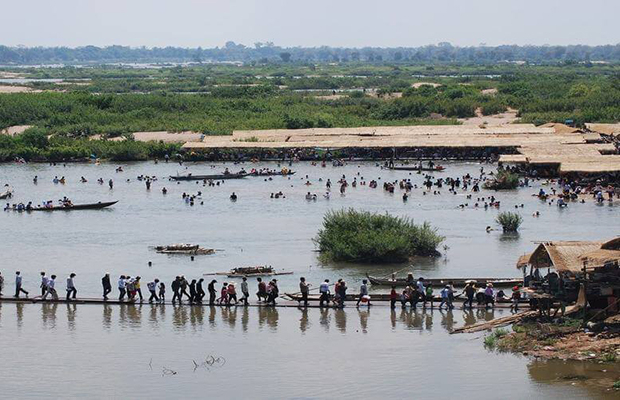



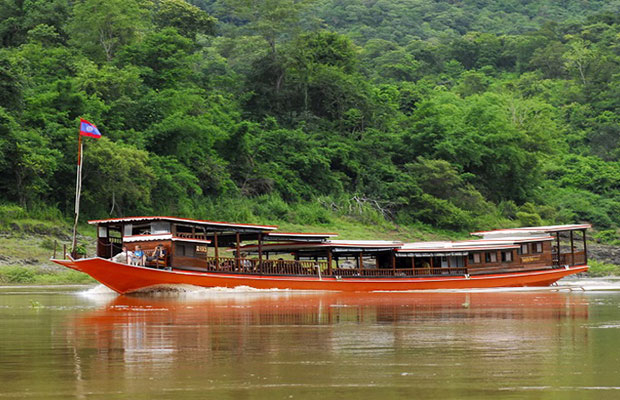
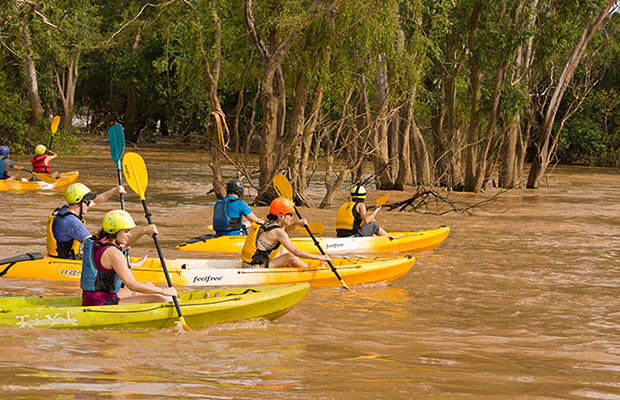





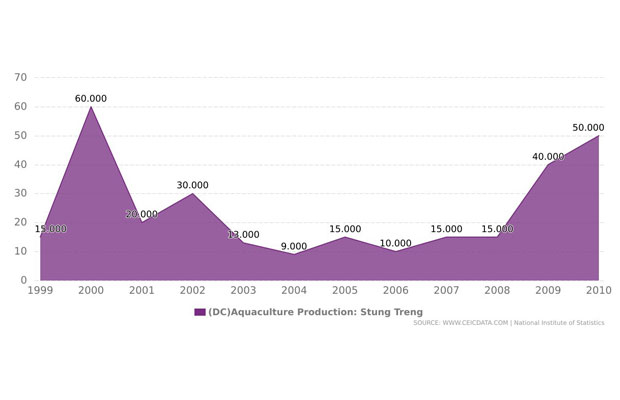


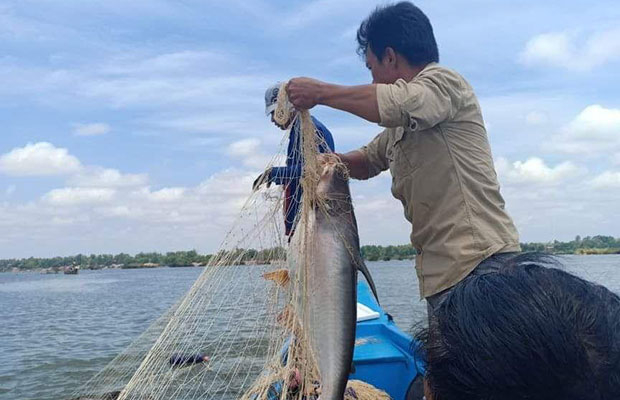
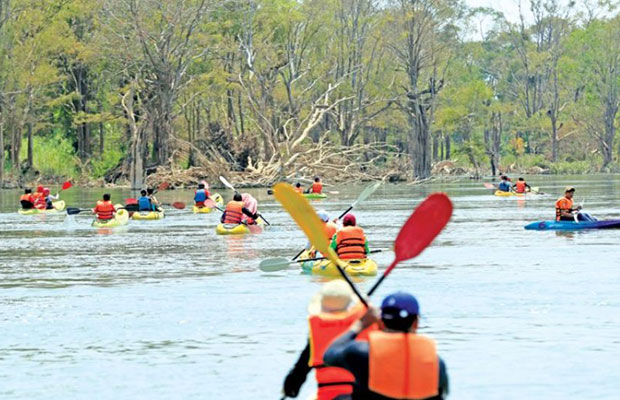


.jpg)
.jpg)
.jpg)
.jpg)
.jpg)
.jpg)
.jpg)
.jpg)




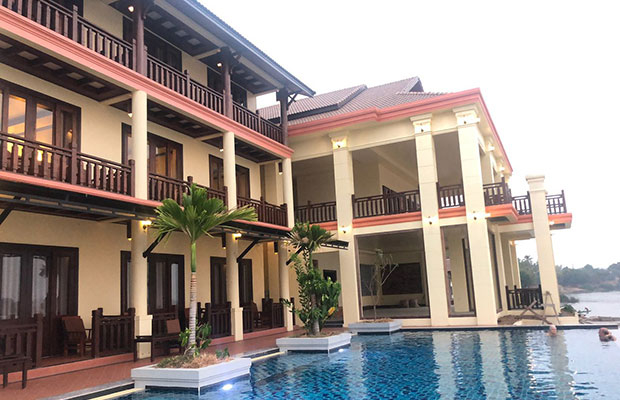



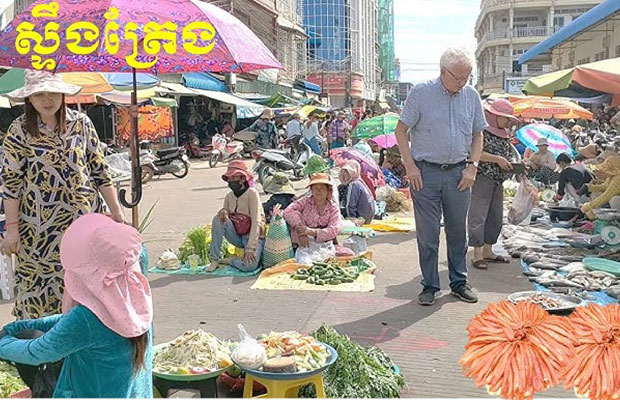

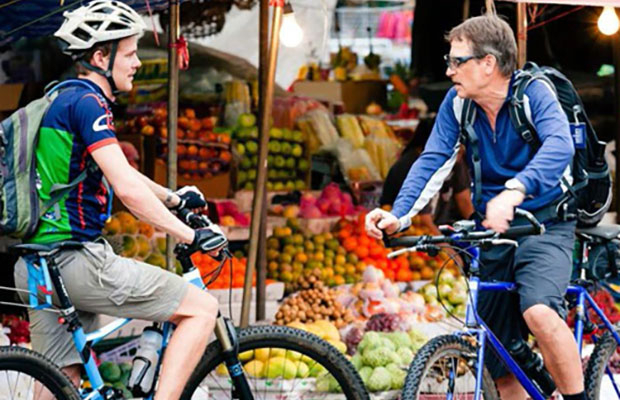



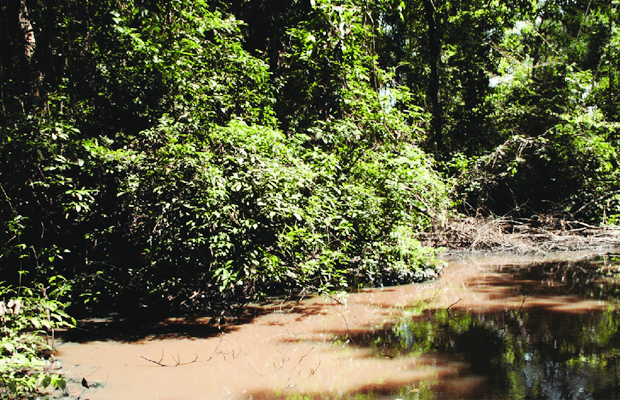

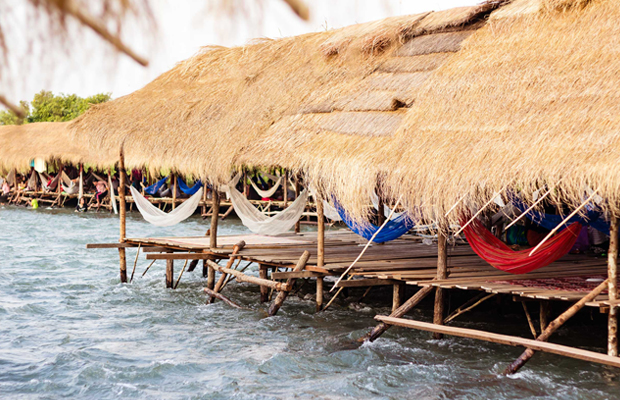




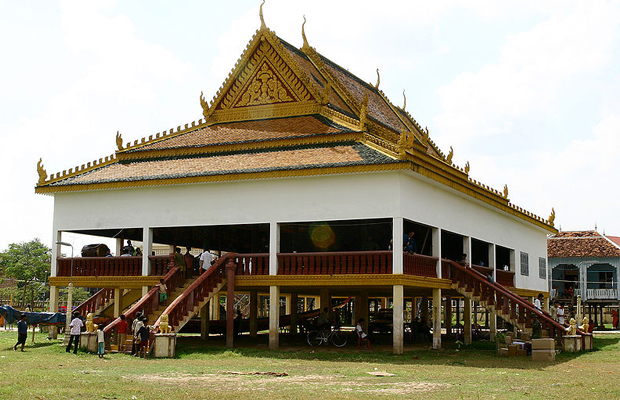

.jpg)